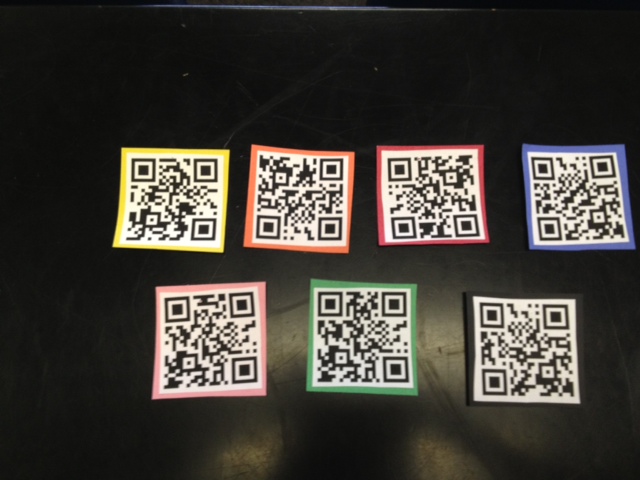What do you think?
Click on the link below to answer questions. Please return to this page when you finish.
Answer Questions
Click on the link below to answer questions. Please return to this page when you finish.
Answer Questions
Classroom in action
In the following videos you will see teams of students working together to solve a crime. They must use forensic materials gathered at the crime scene, analyze the evidence, and determine who committed the crime. They followed a Forensic Team Checklist to stay on the track of the criminal.
At the blood typing stations, students had to follow Blood Typing Directions and determine blood types of multiple suspects found at the crime scene.
|
|
|
TPACK Commentary:
Mrs. Suttle's choice to have her students experiment at stations and have authentic scientific experiences reflect her content knowledge and pedagogy.
Students then used microscopes to observe and record notes on samples of hair, feathers, and pollen found at the crime scene.
TPACK Commentary:
Students used microscopes and then recorded their data in a Googledoc. This is a good example of Mrs. Suttle's successful use of technology.
Once students were finished with the microscopes, they then photographed fingerprints found at the crime scene to compare them with each of the suspects.
Footprints were also found at the crime scene, and students used foot to height resources to figure out which footprint belonged to which suspect.
Finally, students had to decode their evidence and create their own evidence log proving their conclusions of who committed the crime.
TPACK Commentary:
Students used cell phones and iPads to take pictures of fingerprints and footprints as well as scan QR codes to find DNA sequences. The technology used connected directly with content knowledge when they had to analyze the DNA sequences, match fingerprints, and use foot to height ratios to find the criminal.
Students used cell phones and iPads to take pictures of fingerprints and footprints as well as scan QR codes to find DNA sequences. The technology used connected directly with content knowledge when they had to analyze the DNA sequences, match fingerprints, and use foot to height ratios to find the criminal.

